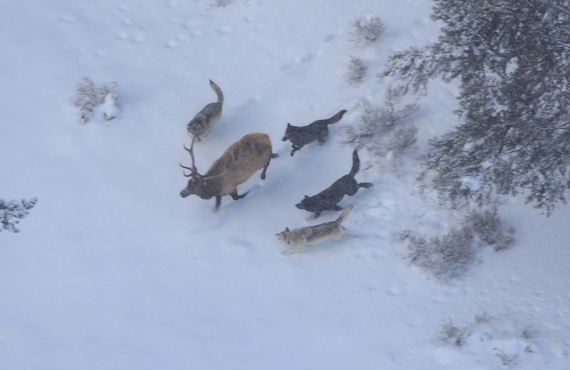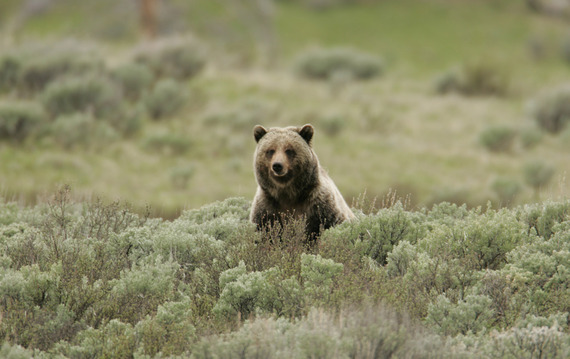Cristina Eisenberg
The Endangered Species Act (ESA), created in 1973 to prevent extinction, is one of the most powerful environmental laws on Earth. The U.S. federal government designed it to function like Noah's Ark: you bring aboard species that risk extinction, a process called listing, and then use the best science to save them.
In the past 42 years we've put over 2,000 species of animals and plants on the ESA ark; only 30 have succumbed to extinction. However, some experts protest defining ESA success in terms of species still on the list rather than by the number of species that have recovered. And some argue that today this powerful statute is failing us, because we live in a far more complicated world than in 1973.

We're living in a brave new world unimaginable in 1973. Additionally, we now know that preventing extinction isn't just about preserving individual species so they can propagate and survive. It's about preserving these species' ecological roles and relationships with entire ecosystems.
The ESA's biodiversity clause mandates that we ". . . provide a means whereby the ecosystems upon which endangered species and threatened species depend may be conserved." This clause opens the door to fully considering keystone species effects when setting recovery goals.

However, it's not enough for keystones to be present. To be ecologically effective, they must exist in numbers sufficient to send their cascading benefits through ecosystems. This means that fifteen breeding pairs of wolves, as specified by Montana and Idaho management plans, are insufficient to do more than keep extinction at bay.
Science about the value of keystones arose in the 1970s and early 1980s. However, recovery plans implemented in the 1990s continued to take a single-species approach, based more on how many wolves humans will tolerate than on the species' ecological needs or the ecological benefits it can confer.


The original spirit of the ESA was species recovery based on best science. Best science means exactly that. Our scientific awareness of what species require to recover and fulfill their ecological roles has expanded tremendously since 1973. So as a society let's live up to the spirit of the law as we steer the ESA into a brave new world.


Preeminent biologist and tropic cascades expert Dr. Cristina Eisenberg beautifully articulates the complex interactions between science, policy and law; a tangled bank society struggles to implement.
ReplyDelete